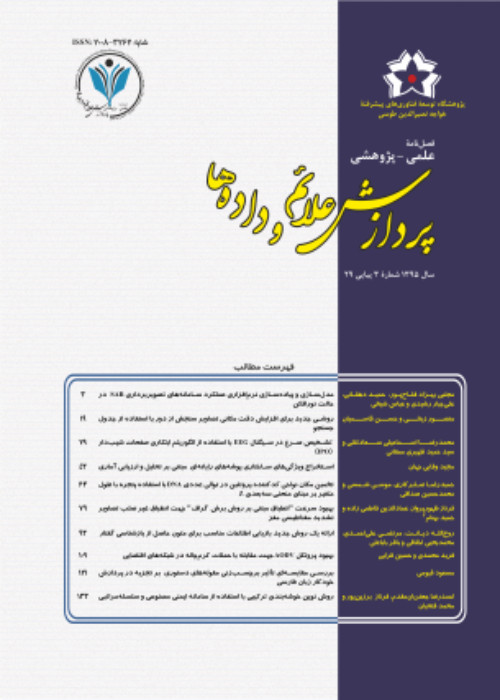Spoken Term Detection for Persian News of Islamic Republic of Iran Broadcasting
Islamic Republic of Iran Broadcasting (IRIB) as one of the biggest broadcasting organizations, produces thousands of hours of media content daily. Accordingly, the IRIBchr('39')s archive is one of the richest archives in Iran containing a huge amount of multimedia data. Monitoring this massive volume of data, and brows and retrieval of this archive is one of the key issues for this broadcasting. The aim of this research is to design a content retrieval engine for the IRIB’s media and production using spoken term detection (STD) or keyword spotting. The goal of an STD system is to search for a set of keywords in a set of speech documents. One of the methods for STD is using a speech recognition system in which speech is recognized and converted into text and then, the text is searched for the keywords. Variety of speech documents and the limitation of speech recognition vocabulary are two challenges of this approach. Large vocabulary continuous speech recognition systems (LVCSR) usually have limited but large vocabulary and these systems canchr('39')t recognize out of vocabulary (OOV) words. Therefore, LVCSR-based STD systems suffer OOV problem and canchr('39')t spotting the OOV keywords. Methods such as the use of sub-word units (e.g., phonemes or syllables) and proxy words have been introduced to overcome the vocabulary limitation and to deal with the out of vocabulary (OOV) keywords. This paper proposes a Persian (Farsi) STD system based on speech recognition and uses the proxy words method to deal with OOV keywords. To improve the performance of this method, we have used Long Short-Term Memory-Connectionist Temporal Classification (LSTM-CTC) network. In our experiments, we have designed and implemented a large vocabulary continuous speech recognition systems for Farsi language. Large FarsDat dataset is used to train the speech recognition system. FarsDat contains 80 hours voices from 100 speakers. Kaldi toolkit is used to implement speech recognition system. Since limited dataset, Subspace Gaussian Mixture Models (SGMM) is used to train acoustic model of the speech recognition. Acoustic model is trained based context tri-phones and language model is probability tri-gram words model. Word Error Rate (WER) of Speech recognition system is 2. 71% on FARSDAT test set and also 28.23% on the Persian news collected from IRIB data. Term detection is designed based on weighted finite-state transducers (WFST). In this method, first a speech document is converted to a lattice by the speech recognizer (the lattice contains the full probability of speech recognition system instead of the most probable one), and then the lattice is converted to WFST. This WFST contains the full probability of words that speech recognition computed. Then, text retrieval is used to index and search over the WFST output. The proxy words method is used to deal with OOV. In this method, OOV words are represented by similarly pronunciation in-vocabulary words. To improve the performance of the proxy words methods, an LSTM-CTC network is proposed. This LSTM-CTC is trained based on charterers of words separately (not a continuous sentence). This LSTM-CTC recomputed the probabilities and re-verified proxy outputs. It improves proxy words methods dues to the fact that proxy words method suffers false alarms. Since LSTM-CTC is an end-to-end network and is trained based on the characters, it doesnchr('39')t need a phonetic lexicon and can support OOV words. As the LSTM-CTC is trained based on the separate words, it reduces the weight of the language model and focuses on acoustic model weight. The proposed STD achieve 0.9206 based Actual Term Weighted Value (ATWV) for in vocabulary keywords and for OOV keywords ATWV is 0.2 using proxy word method. Applying the proposed LSTM-CTC improves the ATWV rate to 0.3058. On Persian news dataset, the proposed method receives ATWV of 0.8008.
- حق عضویت دریافتی صرف حمایت از نشریات عضو و نگهداری، تکمیل و توسعه مگیران میشود.
- پرداخت حق اشتراک و دانلود مقالات اجازه بازنشر آن در سایر رسانههای چاپی و دیجیتال را به کاربر نمیدهد.


